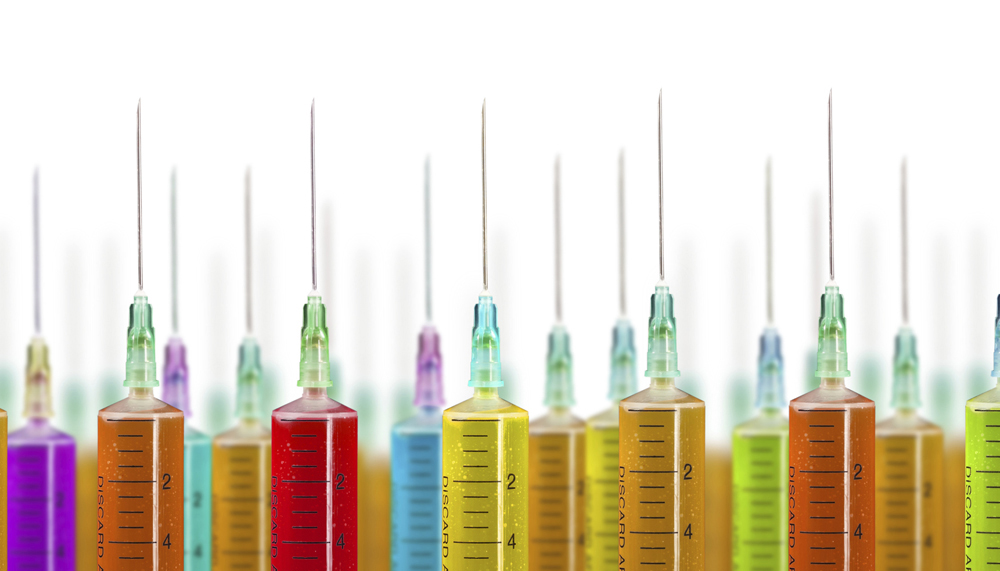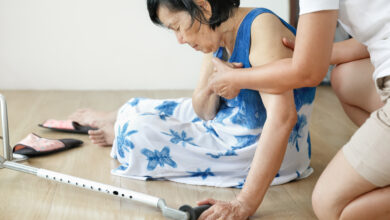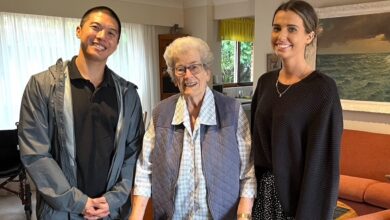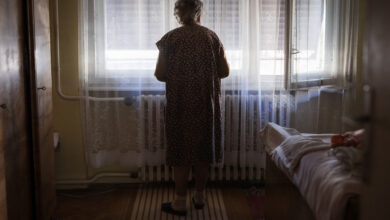Prickly issue

Advocates say much more could be done to protect healthcare workers from needlesticks and other sharps injuries.
Needlestick and sharps injuries have been a focus of National Safe Work Australia Month. The injuries can come with the risk of serious bloodborne diseases, such as hepatitis B, hepatitis C and HIV, making them a major concern within nursing.
Professor Cathryn Murphy, chair of the Alliance for Sharps Safety and Needlestick Prevention in Healthcare, says there are measures governments and institutions need to be taking to combat these injuries. “Is it as safe as it possibly can be?” Murphy asks. “The answer is no.”
ANMF federal secretary Lee Thomas says, “Unfortunately, it’s nurses and midwives who continue to suffer the highest rate of needlestick injuries of all health workers,”
Murphy says nurses also typically give more injections using hollow-bore needles than other clinicians.
Francis Bowden, professor of medicine from Australian National University, says that although people often take great care, there will always be the risk of something happening. “Most exposures are of no consequence to the person in terms of transmission of a bloodborne virus,” he says.
Despite this, the worry and anxiety associated with needlestick injuries are still considerable and the psychological response can be severe. Murphy says such incidents have an economic cost as well, due to the time it takes for an infection control team or occupational health and safety squad to manage the follow up of an incident.
Estimate are that Australian healthcare workers sustain at least 18,000 of these injuries every year, based on extrapolations from the number actually reported.
“We know that around the world between 40 to 60 percent of injuries go unreported, so the figure in Australia could be very much higher,” Murphy says, adding that it is alarming the figure can’t be determined with any real accuracy.
Thomas says, “With approximately half of injuries unreported, the actual number suffered by nurses and other healthcare workers could be as high as 36,000 cases a year.”
Murphy says Australia lacks a rigid, reliable, standardised way of monitoring sharps injuries. “Most of the data has been extrapolations based on one-off prevalence reports of injuries or some publicly available data,” she says.
She says very few state governments make this sort of data publicly available, making it difficult to determine whether or not progress is being made. “It would be incredibly helpful to our understanding of these injuries and to our prevention efforts to have such data publically available.”
Countries such as the United States and Canada have occupational health and safety and infection control programs that target sharps injuries and publicly report data. The use of safety-engineered devices is mandatory in the US. Murphy says this has caused dramatic reductions in sharps injuries sustained by all healthcare workers.
“In Australia, we lack a mandate from government at federal level or state level requiring the use of safety-engineered devices,” she says. Even if there were a mandate for safety-engineered devices, the lack of data would make it difficult to establish a baseline to work from, Murphy says.
She says annual competency testing for staff, similar to that done with resuscitation skills, could mitigate the prevalence of sharps injuries, adding nurses can sometimes sustain one from a sharp someone has already used because it wasn’t discarded correctly. Disposing of a sharp at the point of use or as close as possible is important, she says.
Bowden says appropriate personal protection equipment is also necessary, such as using goggles, gloves and gowns as appropriate.
Murphy, who is also a registered nurse, says her approach to sharps is to treat them as potentially deadly weapons.
“When I’m handling a sharp or when I’m anywhere near anyone else who’s handling a sharp I have to remain very mindful of that sharp and its potential to cause injury,” she says.
The Alliance for Sharps Safety encourages nurses who do sustain an injury to report it immediately. Murphy says if there is a risk of exposure to serious bloodborne diseases there may be some post-exposure prophylaxis available that has a time limit in terms of when it’s most effective.
Nurses will usually be fast tracked through an emergency department if they work in the public sector.
Bowden says one of the most important things nurses can do to mitigate the risks associated with these injuries is to know their hepatitis B status.
“If you’re immunised and you’re working as a nurse in a clinical area you need to know whether or not you’ve got antibodies for hepatitis B,” he says. “If you have been vaccinated, and you’ve had the vaccine given at the appropriate intervals at the appropriate doses and you haven’t got antibodies, you need to know that. He says this is because if a needlestick injury occurs, the individual will need to have immunoglobulin afterwards,” he says.
He adds this is highly effective and that nobody should ever contract hepatitis B in the workplace.
Murphy says the hospitals she has recently worked in have had appropriate services available regarding these issues that were responsive and respectful of privacy. “Where they broke down, perhaps, was that they didn’t eliminate these injuries and perhaps didn’t respond from an overall systematic level or a higher governance level to prevent them,” she says.
Non-resolution of these issues would not occur in other industries, Murphy asserts. “The mining industry would not tolerate it; the airline industry would not tolerate it; construction workers would not tolerate it,” she says.
Bowden says the prevalence of these injuries has even resulted in people leaving the profession. Murphy can certainly see why.
“I believe that they’re serious enough to ruin a person’s nursing career,” she says. “Or even make them think twice about whether they want to enter this profession.”
Email: [email protected]






One Comment